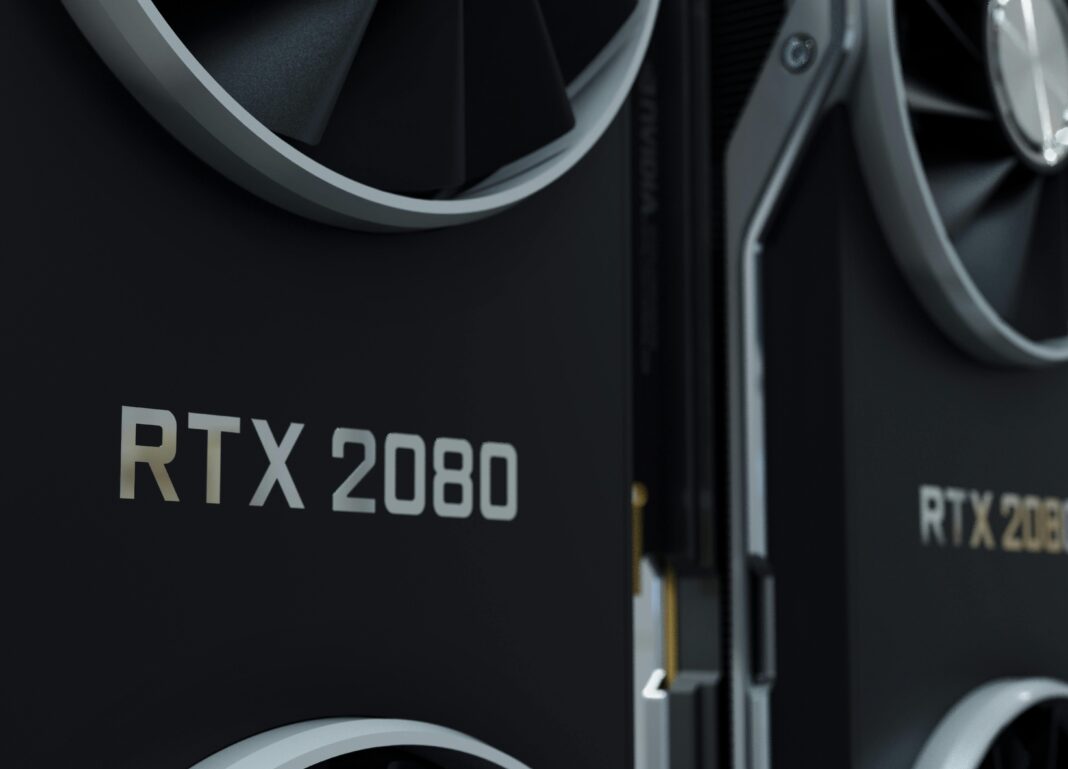The Birth of Video Game Graphics (1970s)
The earliest video games were technological marvels of their time, despite their primitive appearance by today’s standards. These games were built around simple raster displays that could only render basic geometric shapes. The Magnavox Odyssey, released in 1972, used plastic overlays on television screens to simulate different game environments. Atari’s Pong (1972) took this further with two-dimensional vector graphics that represented paddles and a ball through stark white lines against a black background.

Arcade machines pushed these limitations further with color displays. Games like Space Invaders (1978) introduced animated sprites – independent moving objects that could interact on screen. The hardware restrictions of this era forced developers to innovate, using techniques like sprite flickering to display more objects than the system could technically handle simultaneously. These early graphical experiments established fundamental concepts that would shape game development for decades.
The Golden Age of 2D Graphics (1980s)
The 8-bit era saw massive leaps in graphical capabilities. The Nintendo Entertainment System (NES), released in 1983, could display 64 colors simultaneously from a palette of 56, a significant improvement over previous systems. This allowed for more detailed character sprites and background tiles. Games like Super Mario Bros. (1985) demonstrated sophisticated use of scrolling backgrounds, with different layers moving at varying speeds to create a sense of depth – a technique known as parallax scrolling.
The late 1980s introduced 16-bit systems like the Sega Genesis and Super Nintendo Entertainment System (SNES). These consoles could display hundreds of colors on screen at once and introduced advanced graphical effects. The SNES’s Mode 7 scaling and rotation created pseudo-3D environments in games like F-Zero (1990). This era also saw the rise of detailed pixel art, with games like Chrono Trigger (1995) pushing 2D graphics to their artistic peak before the industry shifted to 3D.
The 3D Revolution (Mid-1990s to Early 2000s)
The transition to 3D graphics was one of the most significant shifts in gaming history. Early 3D games on systems like the Sony PlayStation (1994) and Nintendo 64 (1996) used polygonal models with texture mapping to create three-dimensional environments. These systems introduced concepts like Z-buffering (depth management), mipmapping (texture detail scaling), and bilinear filtering (texture smoothing).
Super Mario 64 (1996) demonstrated how to navigate 3D spaces intuitively, while Tomb Raider (1996) showed how 3D characters could interact with environments. The PlayStation 2 era (2000) brought more sophisticated graphics with higher polygon counts, better texture compression, and hardware transform and lighting. Games like Metal Gear Solid 2 (2001) showcased what was possible with these new capabilities, featuring detailed character models and complex environments.
The HD Era (Mid-2000s to Early 2010s)
The seventh generation of consoles (Xbox 360, PlayStation 3, Wii) brought high-definition graphics to mainstream gaming. These systems supported resolutions up to 1080p, with advanced shader models enabling realistic lighting and material effects. Normal mapping allowed low-poly models to appear highly detailed, while deferred rendering enabled complex lighting scenarios with multiple light sources.
This period saw graphics approach near-photorealism in some titles. Crysis (2007) became famous for pushing PC hardware to its limits with its advanced rendering techniques. Console exclusives like Uncharted 2 (2009) demonstrated how graphics could enhance storytelling, with detailed facial animations and cinematic camera work. The introduction of physics engines like Havok allowed for more realistic object interactions and environmental destruction.
The Current Generation (2010s to Present)
Modern game graphics utilize physically based rendering (PBR), which simulates how light interacts with different materials in the real world. Ray tracing, introduced in consumer hardware with NVIDIA’s RTX 20-series (2018), accurately simulates light behavior for realistic reflections, shadows, and global illumination. Temporal anti-aliasing techniques like TAAU and DLSS provide sharp images while maintaining performance.
Open-world games have particularly benefited from these advancements. Red Dead Redemption 2 (2018) features an incredibly detailed world with realistic weather systems, dynamic lighting, and complex character animations. The latest consoles (PlayStation 5, Xbox Series X) support 4K resolution at high frame rates, with features like variable rate shading and hardware-accelerated ray tracing.
The Future of Game Graphics
Emerging technologies promise to push graphics even further. Unreal Engine 5’s Nanite virtualized geometry system allows for film-quality assets in real-time, while Lumen provides dynamic global illumination. Machine learning is being used for neural rendering techniques like NVIDIA’s DLSS 3, which uses AI to generate frames. Virtual and augmented reality demand even higher fidelity for convincing immersion.
Photogrammetry – creating assets from real-world scans – is becoming more common, as seen in games like Star Wars Battlefront II (2017). Real-time path tracing, demonstrated in projects like Quake II RTX, shows what fully ray-traced games could look like. As hardware continues to advance, the line between game graphics and reality will become increasingly blurred.
FAQ
Q: What was the first game to use texture mapping?
A: Ultima Underworld: The Stygian Abyss (1992) was among the first commercial games to use texture-mapped 3D environments.
Q: How much has polygon count increased over time?
A: Early 3D games used a few hundred polygons per character. Modern AAA games can use millions of polygons for a single character model.
Q: What’s the difference between rasterization and ray tracing?
A: Rasterization converts 3D models into 2D pixels quickly, while ray tracing simulates actual light paths for more accurate but computationally expensive results.
Q: Will we need new display technology for better graphics?
A: Advancements like microLED displays, higher refresh rates (beyond 240Hz), and varifocal VR displays will help realize the full potential of future graphics.

